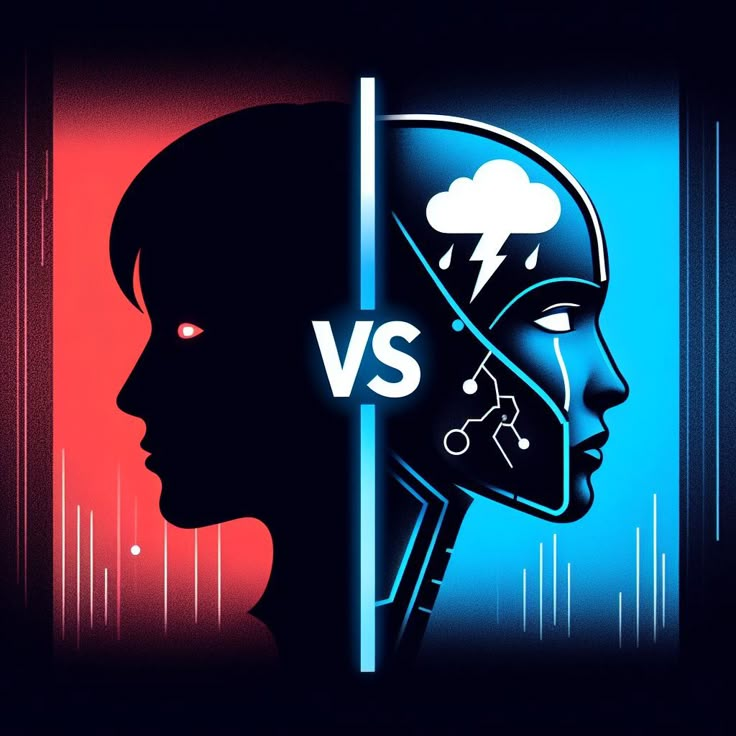
Let’s face it AI is changing everything, and the world of translation is no exception. If you’ve used Google Translate or DeepL recently, you’ve probably noticed how surprisingly good it’s gotten. So, it raises a big question: Will AI take over human translators? Or is there still a place for people in the future of language services?
Let’s break it down in a way that makes sense no tech jargon, just the real talk.
The Rise of AI Translators
AI-powered tools are everywhere now. Whether it’s your phone translating a menu in Spain or a website auto translating its content, artificial intelligence is doing a lot of heavy lifting. Thanks to machine learning and neural networks, AI can now translate text in seconds and in dozens of languages.
What’s So Great About AI Translation?
-
It’s super-fast. Need a 10-page document translated right now? AI’s got you.
-
It’s cheap (or even free). No per-word charges or hourly rates.
-
It’s available 24/7. No time zones. No coffee breaks.
-
It keeps learning. The more data it processes, the smarter it gets.
Honestly, for basic stuff—like translating signs, emails, or even subtitles AI is pretty solid. But when things get a little more nuanced, well… that’s where humans still have the edge.
What Human Translators Bring to the Table
Let’s be real language is complicated. A word can mean five different things depending on tone, culture, or context. That’s where AI struggles, and where human translators shine.
Why Humans Still Matter:
-
Context is king. Human translators understand sarcasm, humor, idioms, and cultural references. AI? Not so much.
-
Quality control. People can spot awkward phrasing and correct it. AI usually just guesses.
-
Industry knowledge. Medical, legal, or technical translations need precision, not just word-for-word swapping.
-
Cultural sensitivity. Humans know what might offend someone or come across the wrong way.
So, while AI might give you a rough draft, it’s the human touch that makes it readable and relatable especially when tone and accuracy matter.
The Best of Both Worlds: Human-AI Collaboration
Here’s the good news: It’s not humans vs. machines. It’s humans plus machines. More and more companies are blending the speed of AI with the accuracy of human translators. This is called post-editing machine translation (PEMT) where the AI does the first draft and a human polishes it up.
This approach saves time, lowers costs, and still gives you high-quality results. Think of AI as the assistant and the human as the expert editor.
So… What Does the Future Look Like?
Here’s what’s likely:
-
AI will handle basic translations and high-volume content.
-
Humans will focus on creative, legal, or sensitive materials.
-
Hybrid workflows (AI + human) will become the industry standard.
Translators won’t disappear. But their role will shift. They’ll become more like language consultants, editors, or localization specialists working with AI, not against it.
And for language lovers, this is actually pretty exciting. It means fewer repetitive tasks and more focus on the interesting, challenging parts of the job.
What Should Translators Do Now?
If you’re a professional translator or thinking about becoming one now’s a great time to future-proof your skills. Here’s how:
-
Learn to use CAT tools (like SDL Trados or MemoQ).
-
Get good at post-editing machine translations.
-
Specialize in areas like medical, legal, or technical translation.
-
Stay updated on new AI tools and platforms.
In short: Don’t fear the AI. Learn to work with it and stay ahead.
Final Thoughts
AI is definitely changing the translation game, but it’s not replacing humans anytime soon. What it is doing is reshaping how we work making us faster, more efficient, and maybe even a little more creative.
So, whether you’re a business looking for the best translation solution or a linguist wondering what’s next, the answer isn’t either-or. It’s both.
The future of language services is AI-powered and human-refined.

